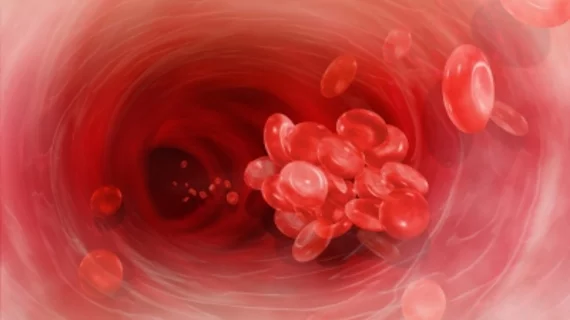Patients who suffer from deep vein thrombosis (DVT) see a “clear benefit” from initiating preventive compression therapy shortly after their diagnosis, as opposed to later stages of treatment, according to a study published this week in the journal Blood.
The research, led by Arina J. ten Cate-Hoek, MD, PhD, of Maastricht University in the Netherlands, analyzed 600 DVT patients in Holland who received compression therapy within 24 hours of their diagnosis. Compression was administered randomly with multilayered bandages or hosiery until edemas were reabsorbed, at which point patients switched to a regimen of anticoagulants and fitted compression stockings.
When compared to patients who began compression therapy at a later date, those who initiated within a day of diagnosis were 20 percent less likely to develop residual vein occlusion and 8 percent less likely to suffer from post-thrombotic syndrome—both major risks that come with a diagnosis of DVT. Post-thrombotic syndrome in particular is known for its debilitating symptoms, including pain, discoloration and scaling that can diminish a patient’s quality of life.
Compression therapy works against those risks by reducing the diameter of a patient’s veins, allowing blood to move through them more forcefully and ideally clearing the pathways of any clotted material.
“We found little reason for those treating DVT not to use compression therapy as a prevention measure against future complications,” ten Cate-Hoek said in a release from the American Society of Hematology. “Although the use of compression stockings after DVT is routine across much of Europe, it is less common in the United States, where guidelines emphasize compression primarily for patients who complain of ongoing symptoms.”
She said the compression therapy wasn’t associated with any adverse side effects, though patients with clots in their lower legs seemed to benefit more from the treatment than those with clots higher in their legs.
“I think we can infer from our findings that this improved blood flow certainly helps prevent complications like residual vein occlusion and post-thrombotic syndrome after DVT,” ten Cate-Hoek said. “Given these outcomes, and that compression stockings are fairly easy to self-administer, relatively inexpensive and minimally intrusive, compression therapy offers a clear benefit for all patients with DVT.”

